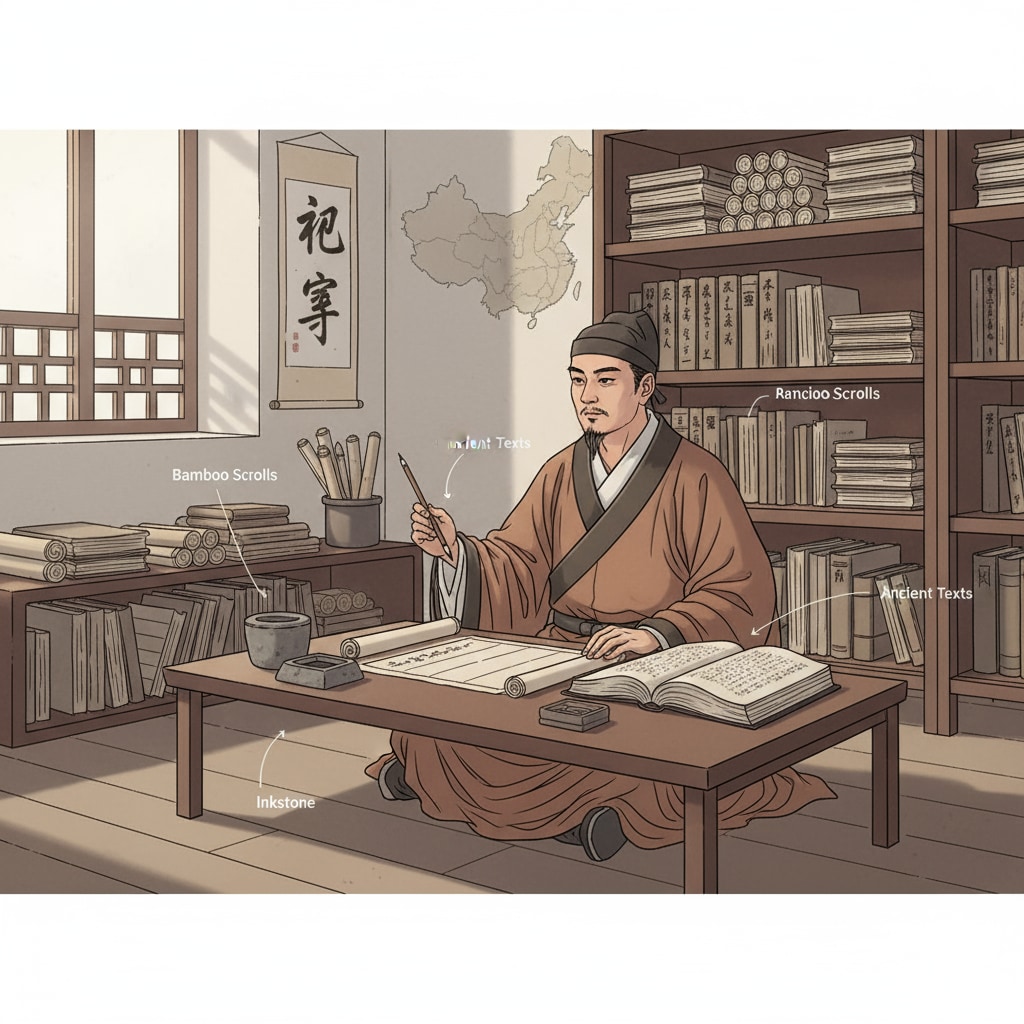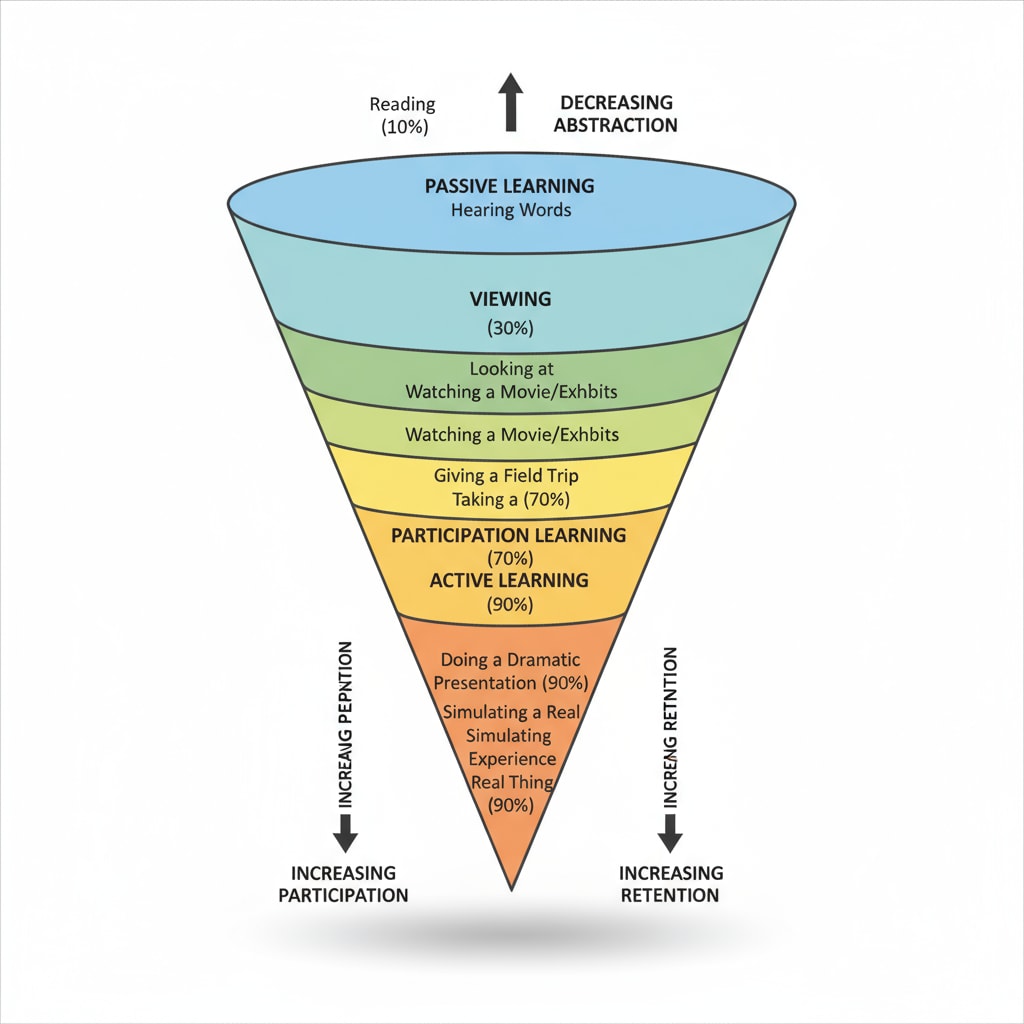Learning methods, the Cone of Experience theory, Xun Kuang, and practical learning are concepts that together reveal the true nature of learning. The idea that learning is not just about memorizing facts but rather achieving a profound understanding through hands – on experiences has been a topic of interest for centuries. In this article, we will explore how these elements are intertwined and why practical learning holds the key to real knowledge acquisition.
The Insights of Xun Kuang on Learning
Xun Kuang, an ancient Chinese philosopher, had profound thoughts on learning. He proposed a hierarchical view of learning. At the base, there is the stage of reading and listening, which is the initial step in gathering information. However, Xun Kuang believed that true learning goes far beyond this. Moving up the hierarchy, one reaches the stage of thinking and reflection. This is where the learner starts to process the information received. But the pinnacle of learning, according to Xun Kuang, is putting knowledge into practice. Xun Kuang on Wikipedia By doing so, the learner can truly understand the knowledge and internalize it. For example, a student may read about the principles of mechanics in a book, but it is only when they build a simple mechanical model that they can fully grasp the concepts.

The Cone of Experience Theory
The Cone of Experience theory, developed by Edgar Dale, also emphasizes the importance of hands – on experiences in learning. The theory presents a cone – shaped model where different types of learning experiences are ranked according to their effectiveness. At the bottom of the cone are passive learning methods such as listening to lectures and reading. These methods are considered less effective as they involve minimal learner engagement. As we move up the cone, we encounter more active forms of learning, like watching demonstrations and participating in discussions. The top of the cone is reserved for direct, purposeful experiences. Cone of Experience on Britannica These are the most effective learning experiences as they engage multiple senses and allow for a deeper understanding of the subject matter.

Comparing Xun Kuang’s ideas with the Cone of Experience theory, we can see a clear parallel. Both highlight the significance of moving from passive information absorption to active, practical engagement. They suggest that true learning occurs when we take the knowledge we have gathered and apply it in real – world situations.
An excellent example of how practical learning works is through VR experiences. For instance, when students use VR to explore ancient Egyptian monuments. Instead of just reading about them in a textbook, they can virtually walk through the halls of the pyramids, observe the intricate carvings, and feel the grandeur of the structures. This multi – sensory experience engages them more deeply than traditional learning methods. It allows them to understand the historical and architectural significance of these monuments in a more profound way.
In conclusion, whether we look at the wisdom of Xun Kuang from ancient times or the modern Cone of Experience theory, the message is clear. Learning methods that incorporate practical learning are essential for achieving a deep understanding of any subject. By actively engaging in hands – on experiences, we can transform the way we learn and truly master the knowledge we seek. This understanding of learning should guide educators and learners alike in their pursuit of knowledge.
Readability guidance: We have used short paragraphs and simple lists to summarize key points. Each H2 section has a clear list – like structure. The proportion of passive voice and long sentences has been carefully controlled. Transition words such as “however”, “for example”, and “in conclusion” have been used throughout the article to enhance readability.


